Provisions for an Heirloom Agreement: Vacation Property Use & Maintenance
Jointly owned vacation homes can either be a great source of joy or headaches, depending on how well the property — and, just as important, the expectations of the owners — are managed. This post will discuss how a little pre-planning with a co-ownership agreement can go a long way to avoid discontent among the owners.
The Easy Stuff
Some agreements come easily. Things like vacation sign-ups, length of stays, and distributing holiday weeks and weekends come pretty easily, even to beginner co-vacay-owners.
Having mastered vacation homes 101, co-owners soon want to regulate duties on opening up and closing the home, setting limits on the number of guests, and allowing others to use the get-away when the owners aren’t home. Volunteering for chores gives way to taking turns, drawing straws, and charging for use and clean up, which all either keep the place afloat or pay the bills.
If the co-habitors survive work assignments and consent to being charged for work they won’t do themselves, the final test may be maintaining the place despite differences in taste and budget. I, for example, have champagne taste on a beer budget when it comes to maintenance. I’d like things to be classy but feel price constraints as much as anyone. Someone else may be willing to spend more and expects everyone else to do the same. Still another wants neither quality nor expense — cheap all the way.
We’d all better learn to compromise or we are doomed to a miserable co-existence.
Anticipate the Hard Stuff from the Get-Go
How much better to start out with a written co-ownership agreement, signed before we all jump in together, identifying how the vacation property should be used and maintained! Here are some things to cover:
Style: Shall we keep the place in the same level of quality, condition, and style as we now see? Should it be changed or improved, or can we allow a downgrade? Downgrades may be needed to fit within the budget of the next generation of owners inheriting a home. Formerly extravagant details [think Victorian-era finials installed when maintenance costs were low and the wealthy great grandparents had a lot of dough] might have no place in today’s vacation home.
Realistic Budget and Savings: There’s no substitute for a realistic budget to accompany the chosen style and work toward a healthy kitty to help the home withstand a few financial hits.
-
- Ordinary maintenance costs should be paid as you go.
- Medium sized updates, say up to $5,000 per year for a modest property, for example, should be within the responsibility and authority of the managing trustees and be assessed to all of the owners for their pro-rata share.
- Major maintenance costs, over the $5,000 for the same property, should be agreed upon by either the unanimous decision of the beneficiaries or a majority of the beneficiaries. A majority vote is often preferred since it may be difficult to get unanimity and this would only hold up necessary maintenance, repairs, and changes.
- Assessments: These will need to be charged to all owners, and paid, or else the property will go down hill or need to be sold.
- Generating Rent: The co-owners should determine if the property will be rented to add income to the available funds.
Management
The heirloom agreement should say how the property is managed, including who is in charge and how the bills will be paid. The checkbook for the organization should be held by the managing trustee(s) and the trustee(s) can provide an annual account as to the cash coming in and going out.
Dispute Resolution
The agreement should provide a dispute resolution mechanism. Disputes would be resolved through either binding arbitration or mediation. Mediation not only can settle differences in running the affairs of the organization but also in handling buyouts among owners.
The family can appoint trustees whose decisions become final and binding — in other words, resolving disputes by strong management. The drawback to this option is that the trustees may be resented when they are given the authority to make decisions for all. While I caution against using trustees for all decisions, I strongly urge appointing two individuals as “managing trustees” to make day-to-day decisions within the annual budget provided by the agreement. The management decisions by these trustees should be final.
Funding
Can the senior generation afford to fund the next set of owners? This is probably ideal, though how long can it last? What happens when the money runs out? Why not time the ending with the likely timing for when the money is gone? After all, unless people are well enough off to afford it, when the money runs out, so should the co-ownership.
One of my favorite funding techniques is life insurance on the senior generation.
The heirloom agreement is a powerful document. Pre-planning will go a long way toward harmonizing family interests and settling debates on expenditures and assessments. Are you prepared?
Read about other important provisions covered in the heirloom agreement involving ownership privileges and restrictions and the exit strategy.
____
Tim Borchers, Esq., EPLS, AEP® – Tim is the author of the Heirloom Ownership Trust, Heirloom Toolkit, and co-creator of SecondHomeSavvy.com.





